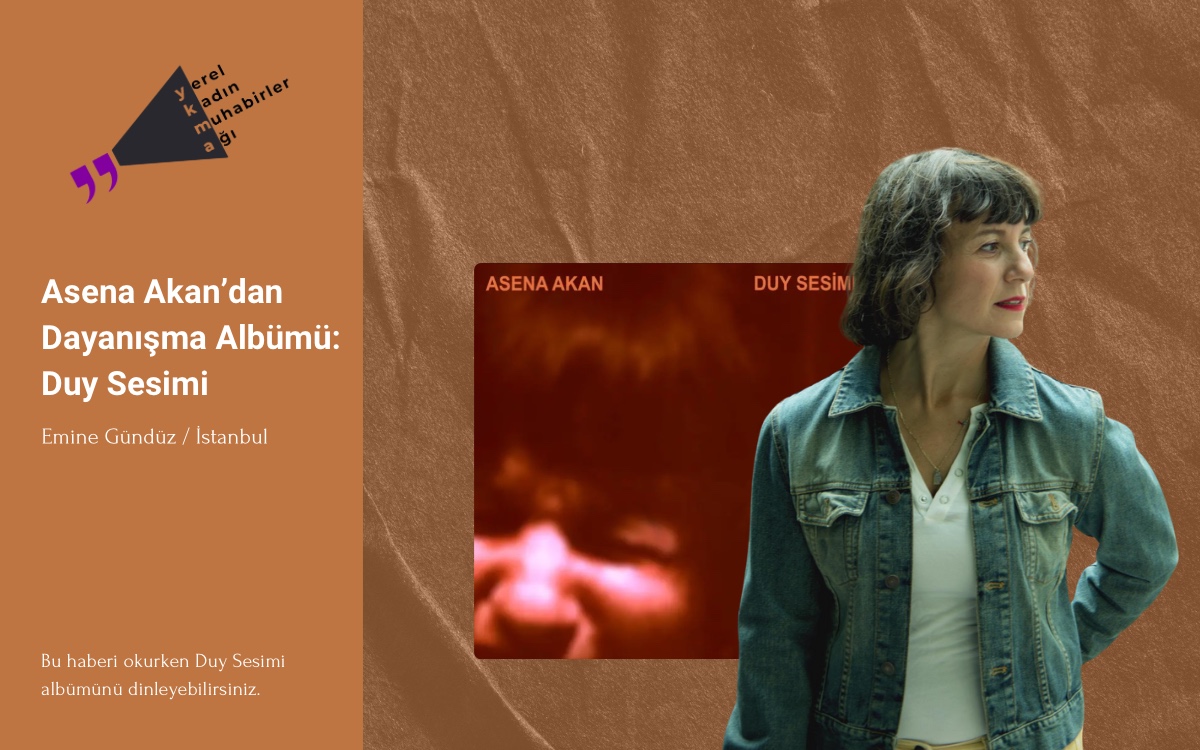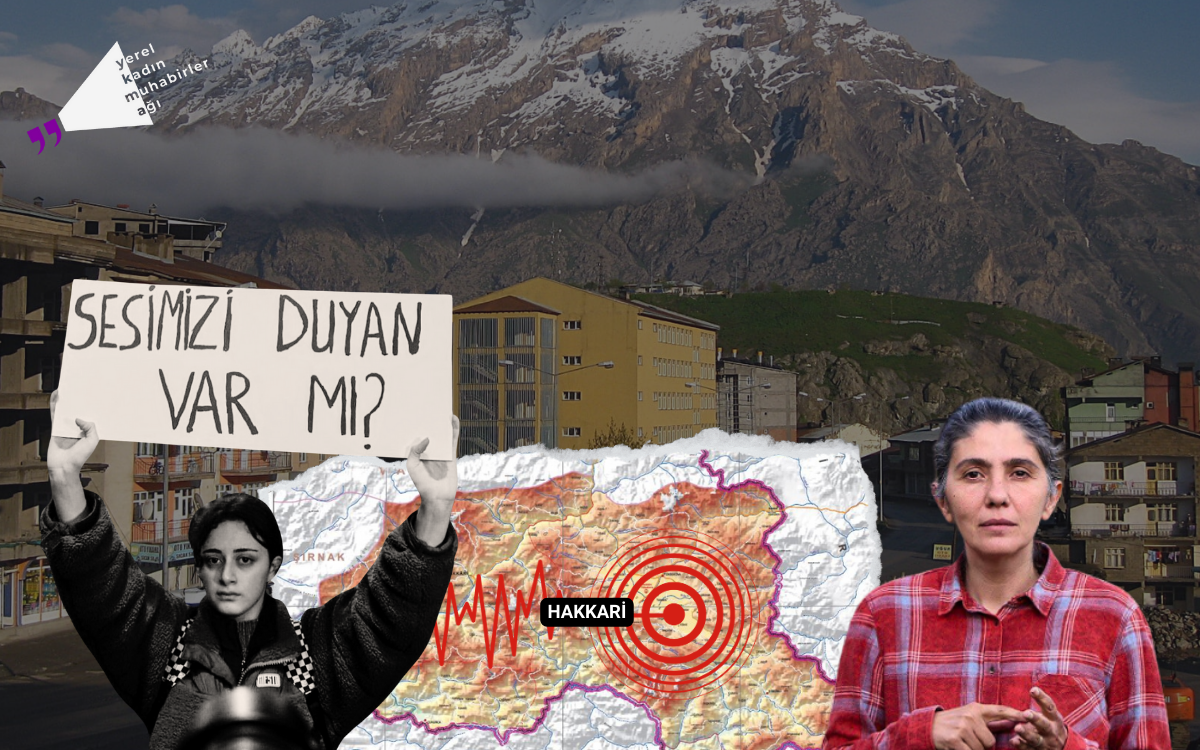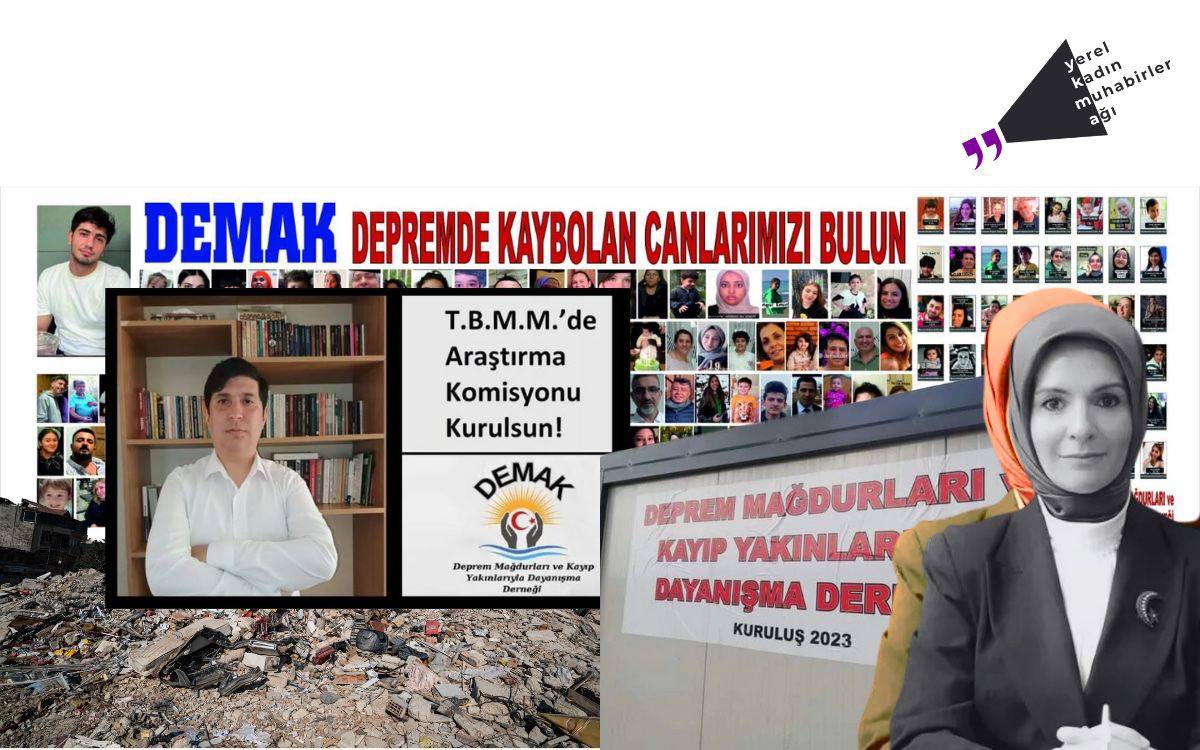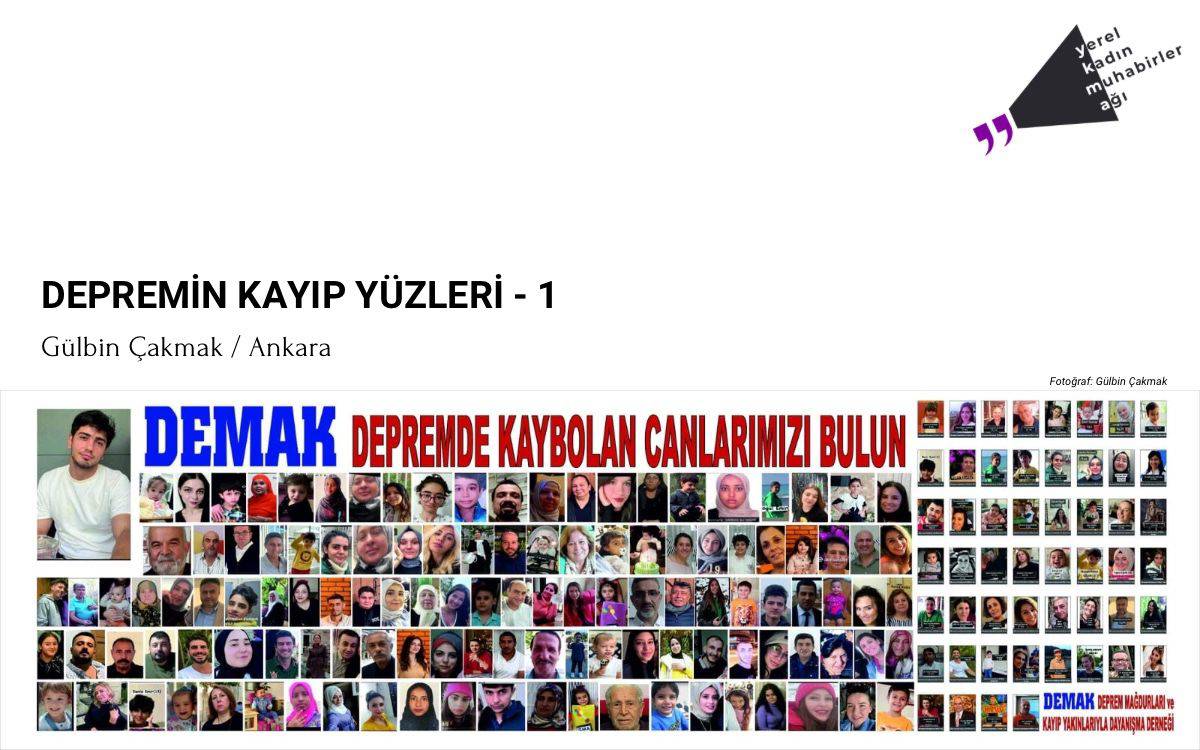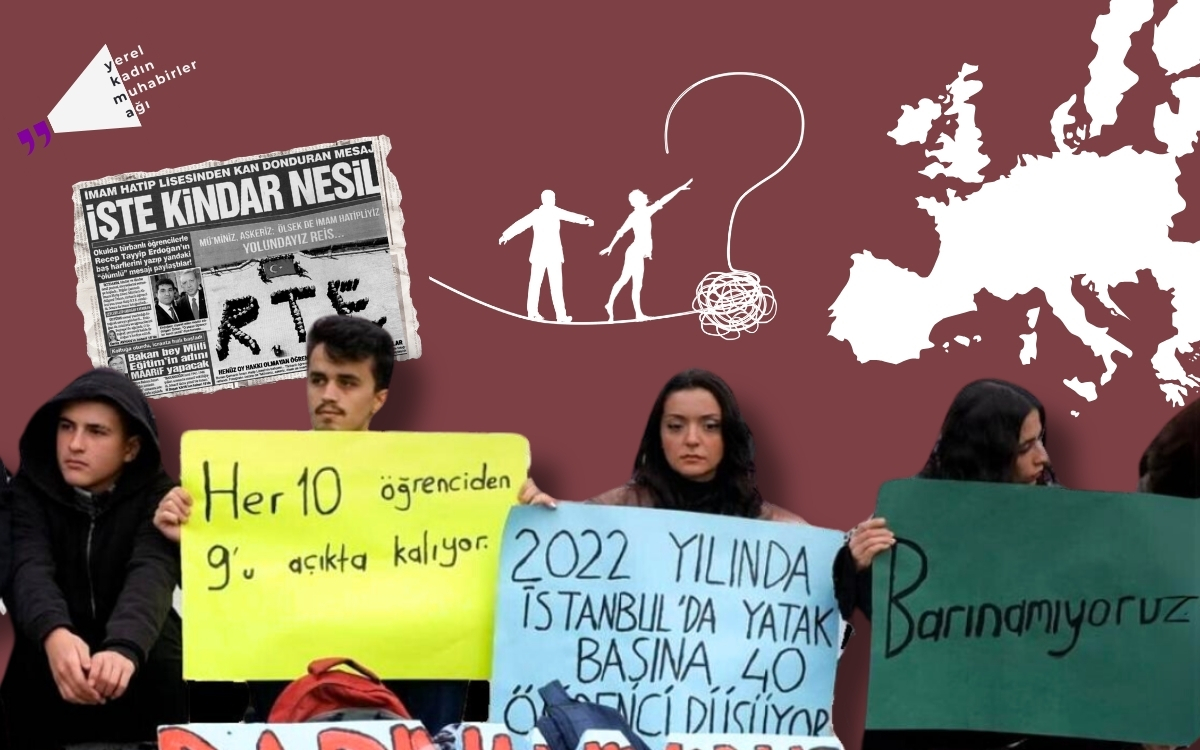Paylaş
Artist Asena Akan points out the following regarding the “Duy Sesimi” album: “By listening to the album, while feeling the music, you will also be supporting the social responsibility mission. I recommend you listen to it.”
Asena Akan is one of the rare artists who reflects the beautiful spirit of healing and unifying music. Akan, who is also a psychologist, has presented her new album “Duy Sesimi” to music lovers.
The album draws attention to the emotional difficulties of women before and after the earthquake, while on the path we set out with the name “Duy Sesimi” (Hear My Voice), it creates a call for solidarity together with the sound “Do You Hear Me?”, which is identified with the earthquake.
It is possible to feel the stories of women while listening to the album. In addition, listeners support civil society activities to be carried out against gender inequality every time they listen to the song on social media platforms. So how does this happen? What does the album mean to Akan?
Asena Akan answers.
“The album is also the voice of women whose voices are suppressed”
As an academician and teacher in the field of psychology, and as a musician from the field of music that you have never given up since your childhood, you emphasized the healing and transforming power of music with the phrase “tune yourself”. You guide people to be in harmony with their hearts and minds in these projects. I would like to talk about your latest album “Duy Sesimi”. It is very impressive and each of its lyrics is very meaningful. How did you create the album?
For years, I have been providing services to individuals and groups in need with different physical, mental, emotional, social, and cultural structures, by taking advantage of the communicative, disease-preventing, healing, and unifying aspect of music.
I organize sessions, trainings, seminars, and workshops where I use music as a tool. “Duy Sesimi” is a project that I designed with the intention of increasing awareness on gender equality and opening a space where “women whose voices are suppressed and silenced” due to the roles, responsibilities, and behavioral expectations imposed on them can freely express themselves, and it is a project supported by the European Union within the scope of the CultureCIVIC Culture and Arts Support Program.
In the first stage of the project, together with my team members, we conducted music workshops with women from different age groups in 3 cities of Turkey, under my leadership.
Could you share more detailed information about these workshops?
The primary purpose of the workshops was; to enable women to discover their potential and the healing power within them, to increase their self-confidence and courage, and to ‘tune’ themselves by safely raising their voices together. The secondary purpose was to produce compositions inspired by the feelings and thoughts that women expressed with voices, words, patterns, and body movements in the workshops, and to transform these works into an album under the music sponsorship of our project partner, the valuable record company Kalan Müzik; and to ensure the sustainability of the support by transferring all the income to be obtained from digital platforms with the release of the album to women’s studies.
We initially designed the project to cover Istanbul (Beyoğlu, Kadıköy, Fatih districts), Adana, and Hatay provinces. However, on the way, we turned our direction to Gaziantep due to the earthquake that deeply shook us all and the differentiation of the priority needs in Hatay. We held a total of 8 workshops.
I took care to carry out the composing process immediately after the workshops. I needed to put the feelings and thoughts of women into music without much time passing, without moving too far away from that energy field where I was a mediator for them.
Of course, it is possible for me to divide the workshop process into two groups as pre-earthquake and post-earthquake. As someone who worked in the field as a psychological counselor in the 1999 Gölcük earthquake at the beginning of my professional life, my being in shape accelerated my adaptation. After the earthquake, I shaped the workshops we held, especially in Gaziantep Nurdağı Container City, according to the needs of the women there, of course.
Our participants were no longer just women who wanted to make their voices heard, but women who had experienced earthquake trauma. In these circumstances, the presentation of any stimulant is a situation that requires great care and attention. For example, the indiscriminate use of an instrument could trigger our participants who have become sensitive to sound and harm them. For this reason; on the basis of psychological first aid, I mostly accompanied the women’s pain, tears, voices and silences, and sighs in the workshops. I listened to their breath. Of course, the flexible structure of music, which can quickly change and transform according to need, was also very helpful here.
The earthquake is a phenomenon that leaves very strong effects on the basic dynamics and all layers of society. As a result, our relationship with the soil and our home, our shelter, that is, our safe space, are shaken at the deepest level.
In those workshops, I saw women who were trying to stand firm, heal, and embrace hope after what they had lost. And I tried to reflect what I heard with my heart in its purest form. It would not be wrong to say that on the path we set out with the name “Duy Sesimi” (Hear My Voice) at the beginning, it met with the sound “Do You Hear Me?”, which is identified with the earthquake.
“The words reflected from women”
The words at the beginning of the song are reminiscent of the earthquake, and the words I feel in the continuation are “Do butterflies make a sound, mother/If they wink at me with their dark eyes/Even if it’s like watching the flower on the wall/I’m having a hard time, you understand me/Where are my shoes/I don’t want to die as a stranger (…)” I feel the butterfly effect in psychology with the words.
The song you mentioned is the work “Duy Sesimi” (Hear My Voice), which came out of our first workshop in Beyoğlu and bears the same name as the project. The interesting thing is that the earthquake had not yet occurred when this workshop and composition were formed. But reflected from women
“My eyes are closed, I am in the dark,”
“I am left behind a noise,”
“I was a stranger to my own voice,”
“Among the hums…
…
“Those burdens I was crushed under,”
“Those voices that deafened me…”
You are right to feel that way when you look at the lyrics. Here, there is a cry from women in daily life, similar to the effects of a devastating natural event, which is very remarkable. About the burdens that are difficult to carry and the pains that cannot find a sufficiently healthy area of expression.
The word about butterflies is also a reflection of the dialogue that a participant in that workshop had with her daughter. A silent but effective living butterfly and the fact that it came from a child… As you said, in this project in particular, and in my previous countless experiences, I have witnessed many times the growing, expanding, and transforming state of a voice, a word, a seemingly small well-intentioned initiative, and a passionate effort. We are stronger beings than we think, we are just not aware enough. Every word we say, every sound we make, every step we take, every action we take, causes an effect somewhere, sometime. I hope we can realize it.
Were there any difficulties you encountered during the album creation process?
In the geography where we live, we can encounter many situations that can distract us from our path and make us give up. It is possible to look at these as things that increase flexibility and resilience, grow and develop, rather than difficulties, like a stage of development. But of course, there is a limit, sometimes you may need to let go. Understanding the difference between these two also requires time and experience.
A point that I find very important and valuable is that we, together with my two valuable female friends in my project team, Evren Özkan and Gözde Şekercioğlu, faced the difficulties we encountered in the process and showed a solidarity that was in line with the essence of the project.
The earthquake happened in the process of going to Adana after the Istanbul workshops. During the period of overcoming the shock and healing the wounds throughout the country, the project naturally paused a little. I also transferred my energy to psychological first aid efforts in the field. Afterwards, we held our workshops in Adana Seyhan. Unfortunately, despite having plane tickets, we could not reach Hatay, which was within the scope of the project, due to the security measures caused by the earthquake. For this reason, we turned our direction to Gaziantep Nurdağı Container City. Gözde, my team mate who was active in the organization and with whom we planned to go to the region together, could not come due to a vital operation she had. A piece of my heart was with her in the workshop where I worked with earthquake victim women that day, thankfully she recovered her health. We completed the first part of the project, albeit with a delay, with the workshops in Nurdağı Container City.
“They participated even with silence”
Is there a memory that you cannot forget and whose effect you have experienced in the workshops you have done with women? Also, were there differences in the emotional states of women geographically? Would you like to talk about it?
Each of the workshops was a colorful, exciting, and unique experience for me. In the album, I tried to convey the stories of women with music in a way that would complement each other, just like a book.
Depending on the region and environmental conditions in which women live; Although there are differences in the music they listen to and love, their lifestyles, views and opinions; I observed similarities and commonalities in basic areas such as human rights, gender equality, social and emotional needs. I reflected the expressions of women who had difficulty expressing themselves with words, pictures or movements and only participated in the process with exclamations such as “ah” and “oh” into music.
I even explained to the participants who preferred to remain silent that they could participate in the “rest/silence” parts of the compositions with their silences, based on the fact that silence is also a part of music.
In the Istanbul workshops, I observed that the workshop participants in each district carried the effects of that region and its surroundings. It was possible to see these effects in their clothing styles, behaviors, the types of music they listened to, and their feedback. Women from different age groups who came together in the Kadıköy workshop;
“Turn to yourself, listen to yourself Now is the time to be free Turn inside, to your body Be a voice, be a word, say this is me…me…”
With their words, they mostly united on the themes of “being yourself, finding yourself, being on your own”. In the Fatih workshop, the young-weighted group’s discomfort with the male figures in their lives and the pressures they experienced were expressed more, and the themes of “being free, rebellion, revolt” came to the fore. In the Beyoğlu workshops, women boldly revealed their fragile, emotional sides, and their sides that were not afraid despite their fears, alongside their rebellious and resisting sides against the patriarchal system… I also reflected all these themes in the compositions with their commonalities and differences.
There were participant groups consisting mainly of young adults in Adana, the second city of the study. We experienced a situation that made us laugh a lot at the beginning of the workshops. The introductory part of the flow consists of body awareness, breathing, and relaxation exercises.
While I was giving instructions to the participants to relax their bodies, that word came out of my mouth with a different emphasis than usual and it sounded like I shouted “Loose!” at them. Since this expression is used as a swear word in that region, everyone froze for a moment, then someone said, “You adapted to Adana quickly,” and then we all burst into laughter.
Here, since the workshops took place after the earthquake, we also felt the traces of the trauma intensely. On the other hand, “Continuing without giving up despite all the negativity, everything, the guidance of love and hope, courage” came to the fore. The first group’s approach to alleviating events with humor inspired the song “I don’t know, my joy knows”. In the second group, the women’s rebellion, the tendency to “not be afraid despite fears and intimidations, not to give up” was reflected in the lyrics and composition.
In the last stage of the study, we carried out the Gaziantep Workshops, which were directed by the conditions, in Nurdağı Container City, in a container school, with women of different ages from more conservative backgrounds.
The women, who were experiencing the heavy effects of the earthquake, were in the mourning process due to the fact that many of them had close and distant losses, and this situation was reflected in their expressions in different ways. I observed that some preferred to remain silent, some participated more in the process by making louder noises, and some cried intermittently. As I mentioned before, my role here was to accompany their pain, sadness, tears, rebellion, and dreams.
The sounds and words that came out of the first workshop turned into a lament with my being a part of that process spiritually, but still, the sentence “everything will be fine”, which contains faith and hope, came to the fore. In the second workshop, there were intense states of thinking and contemplating, not being able to think of anything, not being able to find anything to say.
I had decided to carry these silences and resistances into music when a participant approached me, handed me a paper boat she had made, and said, “Sail to the ocean with this boat.” It was a very emotional and grateful moment for me. The direction of the song became clear in my mind, and using the rhythmic and melodic structures of music, which have been alleviating pain, giving coping and continuing power, and raising energy in various parts of the world for centuries, the work “Beraber Gidek” (Let’s Go Together) emerged with the dialect of that region.
In these 8 works in this album, which is a reflection of the diversity in the regional, environmental, and cultural conditions of different geographies, there are also universal commonalities in the language women use to express their needs and problems. I can give the need to turn to oneself, make one’s voice heard, and be free; the situation of not being afraid, not giving up, and not giving up despite all the pressures as examples of these. I also found the “ocean” word partnership from the women of Kadıköy and Gaziantep workshops, which are very different from each other in terms of social, cultural, emotional, and economic characteristics, quite surprising and striking.
Could you give information about the transfer of the income of the “Duy Sesimi” album to women’s studies?
The “Duy Sesimi” album, which emerged through workshops, inspired by the stories, emotions, and experiences of women, has been released on digital music platforms (Spotify, Apple Music, Youtube, etc.).
The revenues to be obtained from each listening of the album/songs through the platforms will be regularly transferred to women’s studies, and this fund will be used as a resource in civil society activities to be carried out against gender inequality. In this way, we planned to create a continuously ongoing resource model. I hope it will be listened to a lot and will find a place in hearts.
We would like to thank Mor Dayanışma for the Istanbul and Adana field support in the workshops we held with women; Empati Social Responsibility and Education Association for Gaziantep field support; dear Tanju Eren for album production and promotion process; Z/Kalan Müzik for publishing support; and Front Door Beyoğlu, which opened its doors to us at the launch concert. I also thank you for your beautiful heart and valuable questions.
“Duy Sesimi” is a hopeful album for the difficulties women have experienced, making women feel that they are not alone, and at the same time, it is an album aimed at raising women’s voices. By listening to the album, while feeling the music, you will also be supporting the social responsibility mission. I recommend you listen to it.
Emine Gündüz
Spotify
https://open.spotify.com/album/38OT8KTtVjq5AcDjVjMIIY?si=kB29CyqrRpa8FDuqYi9YJg
iTunes
https://music.apple.com/us/album/duy-sesimi/1716064986
01 Duy Sesimi (Hear My Voice)
https://www.youtube.com/watch?v=k5g3HiTshB8
02 Bu Benim Ben (This is Me)
https://www.youtube.com/watch?v=sLTplQicFCY
03 Özgür Olana Dek (Until Free)
https://www.youtube.com/watch?v=zHLxiEZFj8U
04 Ben Buradayım (I’m Here)
https://www.youtube.com/watch?v=XwiXVYlhK10
05 Ben Blimem Neşem Bilir (I Don’t Know, My Joy Knows)
https://www.youtube.com/watch?v=UOoQPRm8W0Y
06 Korkmuyorum (I’m Not Afraid)
https://www.youtube.com/watch?v=IhskFYMe2U8
07 Her Şey Güzel Olacak (Everything Will Be Fine)
https://www.youtube.com/watch?v=xETvMSs6k2U
08 Beraber Gidek (Let’s Go Together)
https://www.youtube.com/watch?v=qubzQazI35o
